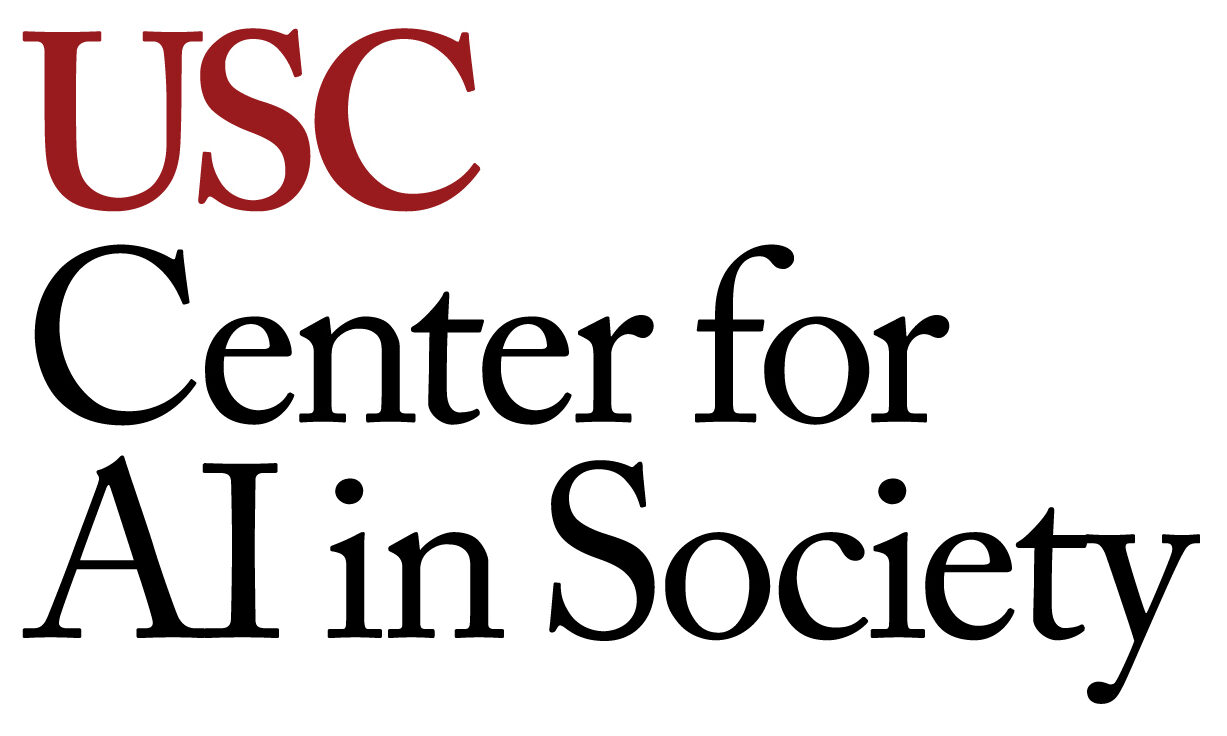Using Artificial Intelligence (AI) for Suicide Prevention within Social Networks of Youth Experiencing Homelessness
There are approximately 4.2 million youth who experience homelessness in the United States each year (1); more than half of homeless youth have experienced suicidal ideation in their lifetimes. Seventeen percent of homeless youth reported suicidal thoughts within the past year (2). Similar to the general adolescent population, peer influence in social networks of homeless youth can influence a range of risky behaviors, including suicide risk.
Our recent work found that homeless youth with more connections to other homeless youth with increased depressive symptoms were more likely to report suicidal ideation (2). Moreover, these data also suggested that youth more integrated into the network of other homeless youth were more likely to report suicidal ideation (2).
In contrast, homeless youth who are more connected to friends from home and family are less likely to report depression and anxiety symptoms (3). Therefore, although greater connectedness is expected to decrease suicide risk in the general population, such an expectation does not account for how suicidogenic factors may be differentially distributed in the social networks of homeless youth. In recognition of this recent evidence, it is possible that youth who are better connected to other homeless youth are at greater risk of suicidal ideation.
Furthermore, the social networks of homeless youth are characterized by exceptionally high prevalence rates of many risk behaviors, which may translate to considerable exposure to suicidogenic factors. These findings, however, are limited to statistical associations and cross-sectional analyses that fail to capture dynamics over time and do not have predictive features that could lead to robust intervention strategies.
Goals
The current project focuses on using machine learning to predict suicidal thinking through mining social network data of homeless youth from a NIH-funded study (YouthNet). We are also looking to expand our work to develop a suicide prevention program based on these insights. We are developing “coverage” algorithms. These algorithms seek to identify youth in the networks of homeless youth who can watch for signs of suicidal thinking among their friends. We are focusing on issues of algorithmic fairness in this project, making sure that our algorithms fairly allocate suicide prevention resources across the networks of homeless youth. We are particularly concerned with exploring potential computational errors.
Methods
We are using decision trees in machine learning to identify the most important factors in predicting suicidal ideation among homeless youth. Such factors include individual-level variables (e.g., trauma history, depressive symptoms, hard drug use) and network-level variables (e.g., support, hard drug use).
If you or someone you know are in crisis, please call the free National Suicide Prevention Lifeline at 1-800-273-TALK (8255) or chat with someone at https://suicidepreventionlifeline.org/chat. Call and chat are available 24 hours a day, 7 days a week. More info here: http://www.suicidepreventionlifeline.org
Aida Rahmattalabi
- Listen.Up.People., September 16, 2018, Podcast Episode 1: Suicide, A public health crisis
USC Viterbi School of Engineering, December 12, 2019, Can artificial intelligence help prevent suicides?
- http://voicesofyouthcount.org/brief/national-estimates-of-youth-homelessness/
- Fulginiti, A., Rice, E., Hsu, H. T., Rhoades, H., & Winetrobe, H. (2016). Risky integration: A social network analysis of network position, exposure, and suicidal ideation among homeless youth. Crisis: The Journal of Crisis Intervention and Suicide Prevention, 37(3), 184.
- Rice, E., Kurzban, S., & Ray, D. (2012). Homeless but connected: the role of heterogeneous social network ties and social networking technology in the mental health outcomes of street-living adolescents. Community mental health journal, 48(6), 692-698.



